SLAC researchers pioneer key LHC advancements, which may help to unlock insights into the Higgs boson and beyond the Standard Model physics.
, which was found there in 2012. Nevertheless, a great deal remains to be discovered about this particle, whose characteristics set it apart from all other fundamental particles.
The LHC works by lining miles-long and pipe-like “tracks” with superconducting magnets, which can bend, direct, and accelerate a beam of high-energy particles to nearly the speed of light.is being upgraded to the HL-LHC to measure self-coupling for the first time and investigate the properties of the Higgs boson. The luminosity of the LHC, which represents the quantity of collisions over a period of time, will rise as a result of the HL-LHC.
According to researchers, upgrading the two deepest layers of ATLAS, which are closest to the collisions, is the responsibility of SLAC, which will be done in collaboration with thirteen other national laboratories and institutions. Furthermore, the High Granularity Timing Detector , a new subdetector that will provide exact timing data to ITk in order to help prevent pileup situations, is also been proposed by the ATLAS group at SLAC.The team at SLAC will later assist in analyzing ATLAS data once the HL-LHC is operational. Researchers are now tasked with expanding and improving the use of AI to evaluate data from the HL-LHC more effectively.
Additionally, the ATLAS group is working to integrate AI into additional data collection phases, such as the trigger system. There will be five to seven billion collisions produced by the HL-LHC each second.
United Kingdom Latest News, United Kingdom Headlines
Similar News:You can also read news stories similar to this one that we have collected from other news sources.
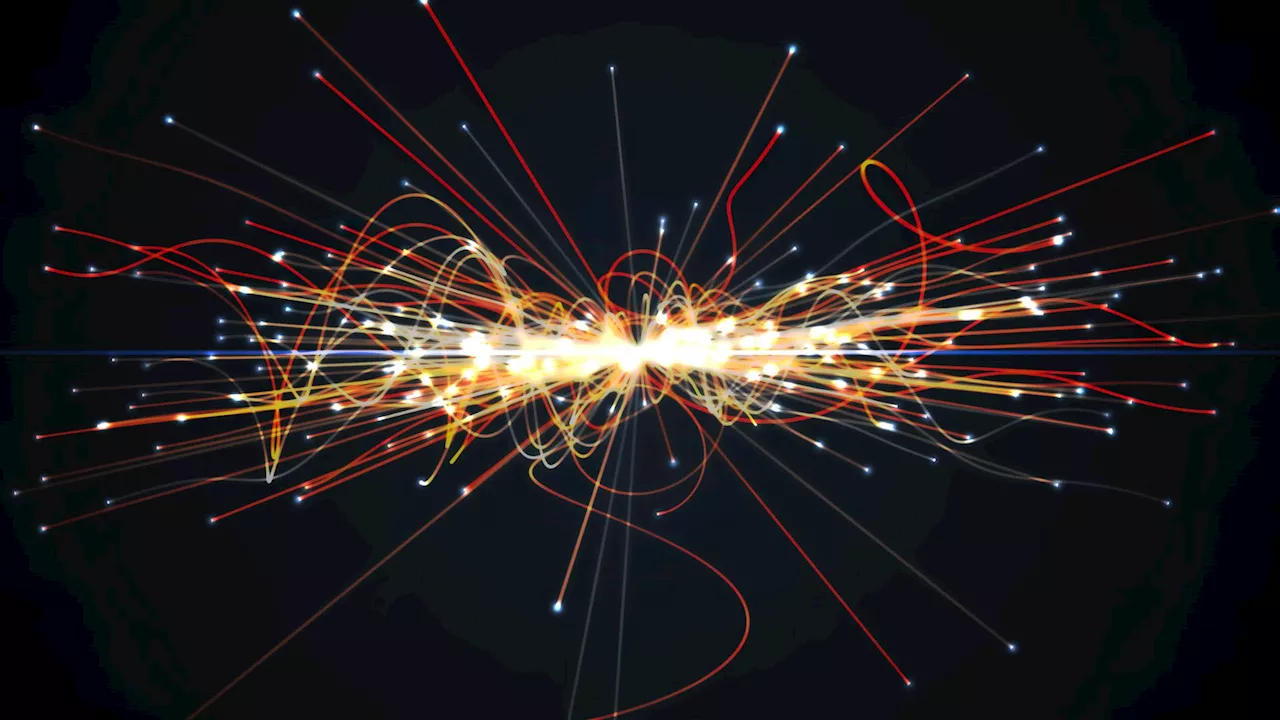 China could begin construction of world’s largest particle collider in three yearsChina wants to set up a Higgs factory that can produce millions of Higgs boson and establish it as the world leader in high energy physics.
China could begin construction of world’s largest particle collider in three yearsChina wants to set up a Higgs factory that can produce millions of Higgs boson and establish it as the world leader in high energy physics.
Read more »
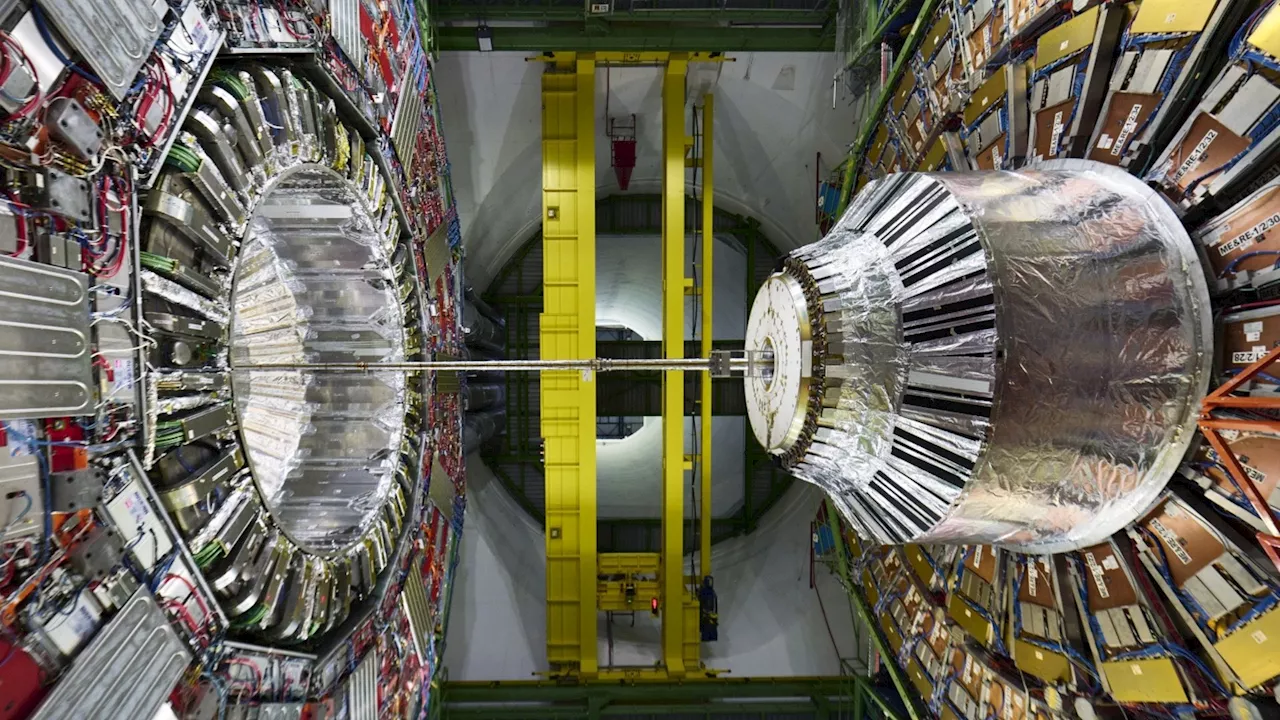 Miniature version of CERN detector to help treat brain tumorsDiscover how a new imaging device is revolutionizing brain tumor treatments. Learn how the Timepix3 pixel detector aids in accurate treatment.
Miniature version of CERN detector to help treat brain tumorsDiscover how a new imaging device is revolutionizing brain tumor treatments. Learn how the Timepix3 pixel detector aids in accurate treatment.
Read more »
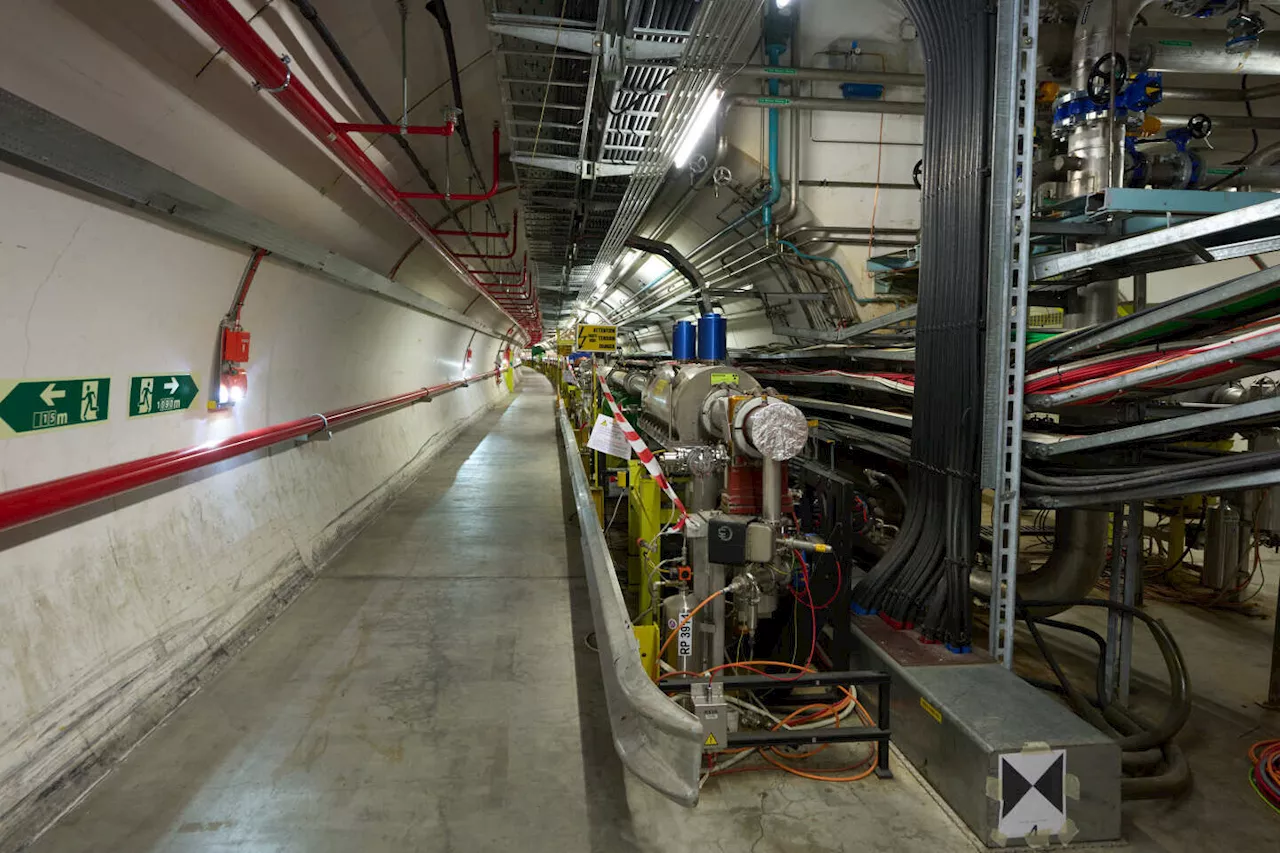 CERN measures coupled resonance structure that may cause particle loss in accelerators for the first timeWhether in listening to music or pushing a swing in the playground, we are all familiar with resonances and how they amplify an effect—a sound or a movement, for example. However, in high-intensity circular particle accelerators, resonances can be an inconvenience, causing particles to fly off their course and resulting in beam loss.
CERN measures coupled resonance structure that may cause particle loss in accelerators for the first timeWhether in listening to music or pushing a swing in the playground, we are all familiar with resonances and how they amplify an effect—a sound or a movement, for example. However, in high-intensity circular particle accelerators, resonances can be an inconvenience, causing particles to fly off their course and resulting in beam loss.
Read more »
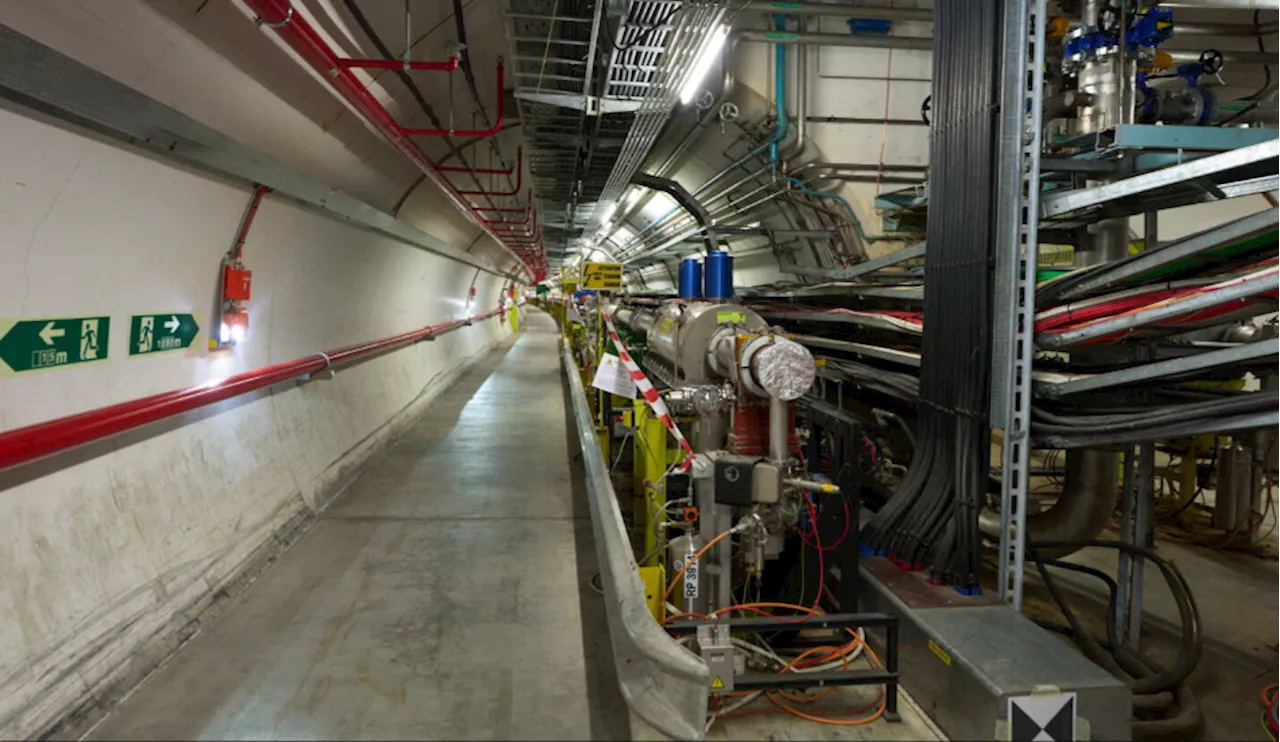 CERN discovers beam killer resonance after 20 yearsAn over two-decade-long journey helped CERN scientists measure resonance that may cause particle loss in accelerators.
CERN discovers beam killer resonance after 20 yearsAn over two-decade-long journey helped CERN scientists measure resonance that may cause particle loss in accelerators.
Read more »
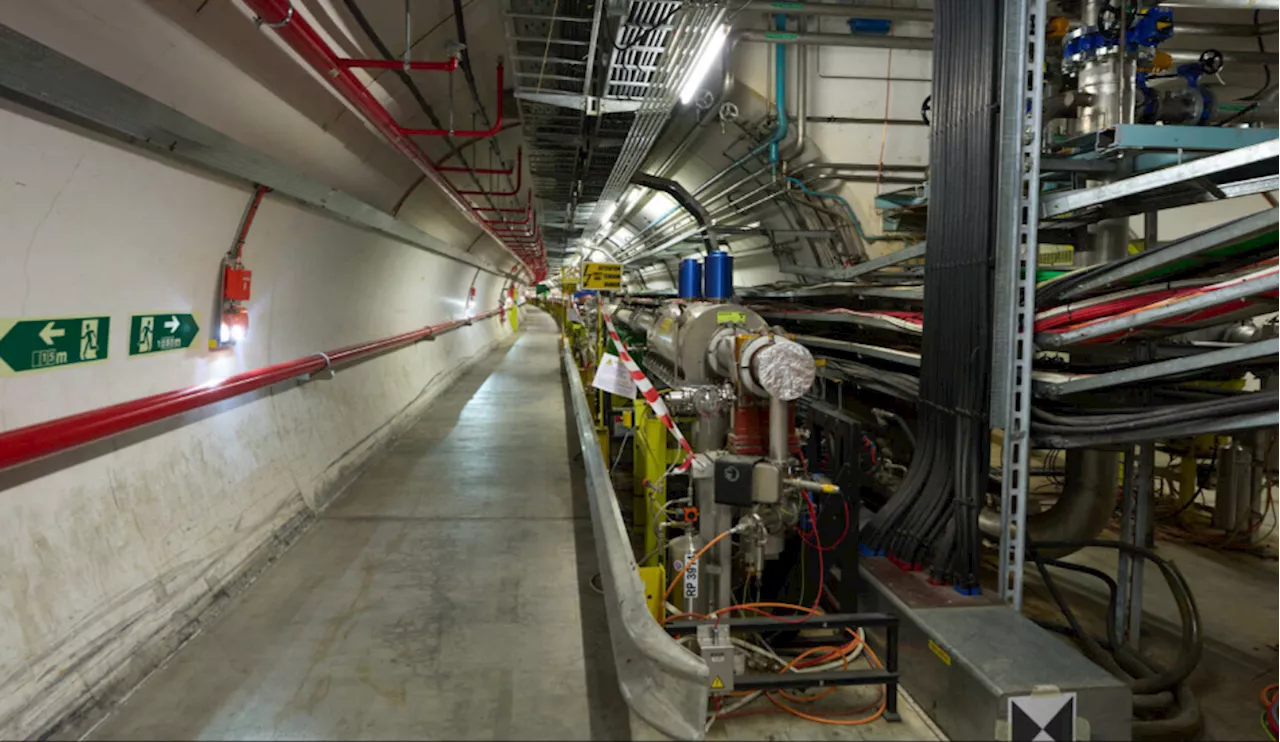 CERN discovers beam killer resonance after 20 yearsAn over two-decade-long journey helped CERN scientists measure resonance that may cause particle loss in accelerators.
CERN discovers beam killer resonance after 20 yearsAn over two-decade-long journey helped CERN scientists measure resonance that may cause particle loss in accelerators.
Read more »
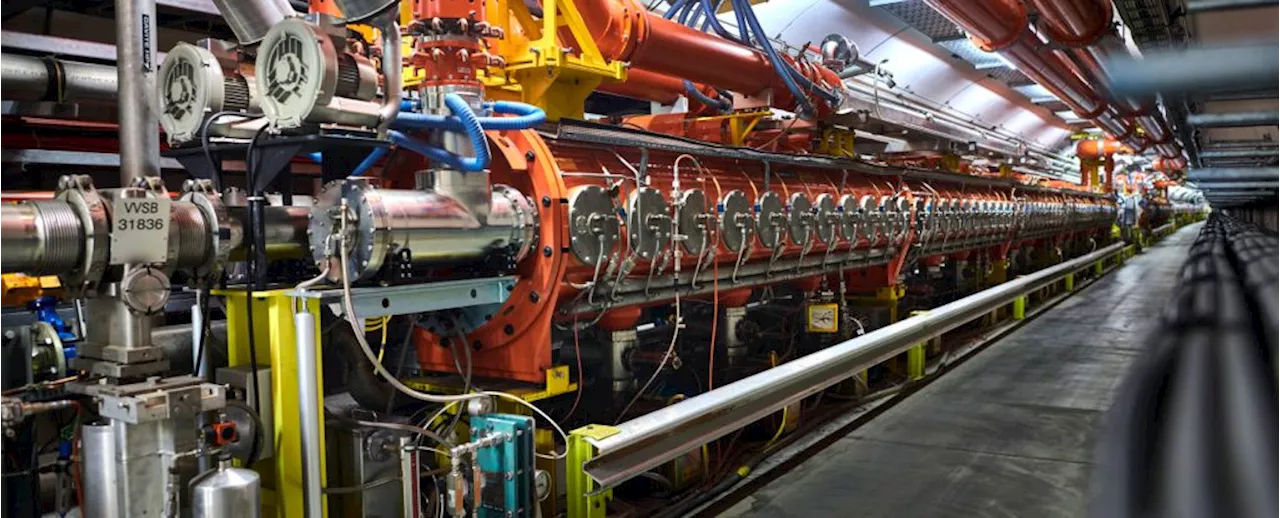 Physicists Capture Elusive 4D 'Ghost' in CERN Particle AcceleratorThe Best in Science News and Amazing Breakthroughs
Physicists Capture Elusive 4D 'Ghost' in CERN Particle AcceleratorThe Best in Science News and Amazing Breakthroughs
Read more »
